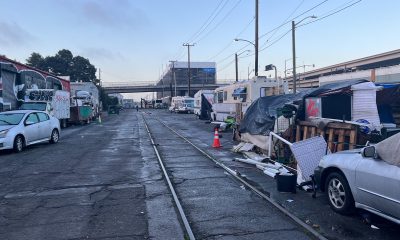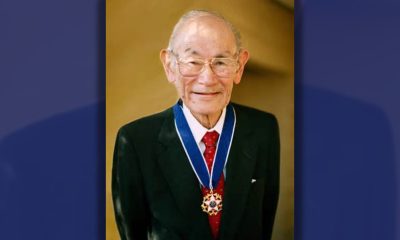Activism
Citing COVID Safety Needs, Oakland High Teachers Limit Encounters with Students
According to Le’Lani Walker, a senior at OHS, teachers explained the work to rule action to students shortly before it began. Although she felt it was “kind of frustrating” when she needed a little extra help with chemistry, she “sees the bigger picture” and feels that the action will help students in the long run.
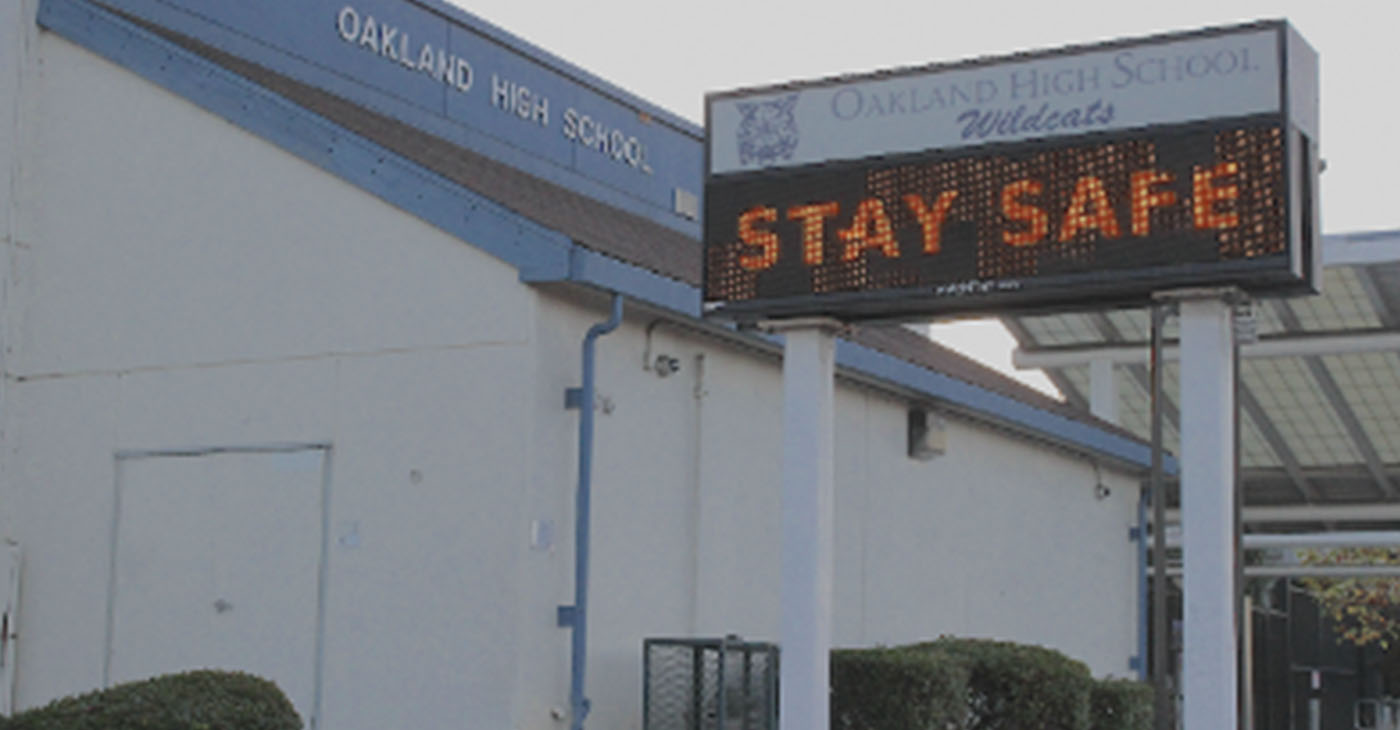
By Zack Haber
Due to concerns about COVID safety issues, many teachers at Oakland High School have been engaging in ‘work to rule,’ a labor action tactic where workers only do the tasks specified in their contract, since January 6.
“It means is we don’t do anything extra,” said Cole Margen who teaches history at the school.
Teachers at Oakland High have been keeping their doors closed to students before and after school, as well as during lunch and their lesson planning periods.
According to David Byrd, a music teacher and union site representative at Oakland High, over 40 teachers out of 89 in the school have come to meetings related to the action and have committed to ‘work to rule,’ but he suspects more teachers are involved. Throughout the school, teachers have hung flyers on their doors indicating their support that say “To encourage greater COVID safety on our site this teacher is working to rule!”
Typically, most teachers at Oakland High School (OHS) would welcome students into their classroom for extra academic help and/or to socialize during non-classroom hours, even though their contract doesn’t require them to do so. English Immersion teacher Miles Murray thinks this extra work’s absence immediately becomes noticeable.
“There are extra hours we’re expected to work, and must work, in order to keep the school functioning,” said Murray. “We need to remind the public of that.”
While teachers interviewed for this article mentioned a variety of improved COVID safety measures they’d like to see OUSD implementing at OHS, they all stressed their demand for a safer environment for students to eat lunch, including more tables for the large cafeteria and more outdoor dining facilities. They report that the lack of spaces to eat safely and comfortably has forced students to eat in unsafe places, like the hallways.
“When I do work to rule and hold the line by saying ‘you can’t lunch in my classroom,’” said English teacher Marika Iyer, “I hope to make it clear to the admin, district and the community that these are not safe conditions.”
Oakland students also want safer options for eating lunch.
“I’m not sure where to go and I don’t feel like there’s anywhere safe to eat,” said Trey Shanklin, an OHS senior. “If OUSD provided more outside eating options I would definitely be eating outside more than inside.”
In an e-mail to The Oakland Post, OUSD director of communications John Sasaki stated that the district had built “covered outdoor structures at numerous schools since the fall,” and that they plan to continue to do so, but supply chain issues have slowed the process at some schools.
“Whenever [the materials] come in, our staff quickly gets them installed,” he wrote. “That will happen soon at Oakland High School.”
But until the facilities are installed at their school, OHS teachers say they plan to continue to work to rule.
In the meantime, the Omicron surge has affected OHS and other district schools. Murray, who was quarantining when he did his interview for this article due to becoming sick with the virus, said that in the days before his isolation period started, about a third of his students were out for reasons related to COVID-19.
A “no-go” list sent from OHS administrators to staff shows that between January 3 and 12, over 325 of the school’s approximately 1,550 students were absent at some point, usually multiple days, due to testing positive for COVID or COVID related quarantining.
OUSD’s data shows that, across the district, about 1,550 combined students and staff tested positive for COVID during the first two weeks back from school after winter break out of a total population of about 39,000.
As COVID cases have surged since coming back from break, students and staff at various OUSD schools have engaged in a variety of actions that they’ve labeled sickouts, strikes, and/or boycotts, that have involved them not coming to school out of protest.
These actions have been neither sanctioned nor denounced by Oakland Education Association, the teachers’ union for OUSD. A teacher-led sickout action for better COVID safety measures announced on January 6 and executed on January 7 caused a dozen schools to effectively close for a day.
According to music teacher David Byrd, OHS teachers were inspired when they heard about the January 6 sickout but since their school has many newly hired teachers, they felt an action involving teachers calling in sick en masse could be too risky for those who weren’t tenured to want to engage in.
“We said we’re acting in solidarity, and we support these other sites,” said Byrd. “But how can we expect these new teachers to put so much on the line so quickly?”
OHS teachers were successful in getting both long-term and new teachers on board for the action. One non-tenured OHS teacher who asked not to be named due to fearing that speaking to media might make it less likely they get rehired next year, said they were participating because it showed the unpaid work teachers do and the unsafe conditions students and staff eat lunch in.
“I feel safe participating in the action because of the solidarity shared by my fellow staff,” they said. “Almost all doors now have the work-to-rule sign posted on them, so I am much less likely of being singled out.”
Byrd described work to rule as an easy action to start with and that he hoped it could unify the staff for more actions down the line. Murray feels work to rule has been effective and is putting the staff in a good position to consider more radical actions.
“Now everyone is activated on our campus and looking for the next action,” he said.
According to Le’Lani Walker, a senior at OHS, teachers explained the work to rule action to students shortly before it began. Although she felt it was “kind of frustrating” when she needed a little extra help with chemistry, she “sees the bigger picture” and feels that the action will help students in the long run.
“I strongly support it,” Walker said. “The fact that they’re doing everything within their power to get the attention of the district to address COVID safety issues is comforting.”
OHS students like Shanklin and Walker have been organizing their own actions and have been in communication with teachers about them. When the students did a sickout action on January 13 to demand better COVID safety measures such as more outdoor spaces to eat and twice weekly PCR and rapid tests, they asked OHS staff to join them.
“If you are able to participate,” students wrote in their letter. “Please call in sick, stay home, and send a message updating families about our demands and current events.”
The day before the sickout, Oakland High’s administration sent a message to parents asking them to keep their children at home during the sickout day, and that students wouldn’t be “adversely affected for not attending school” that day. Byrd and history teacher Cole Margen, who were on campus that day said the vast majority of students weren’t present. Substitute teacher request logs show 52 teachers were absent from school that day.
On Tuesday, January 18, OHS students again engaged in a boycott for the same demands as their January 13 sickout. This time students across the district also did not attend school.
The petition for the January 18 boycott that has over 1200 student signatures from over 20 schools, states “If these demands are not met, we will be striking by not attending school. We will be striking until we get what we need to be safe.”
While The Oakland Post was unable to get official numbers for absent students across the district during the boycott, six different OHS teachers estimated that between a third and just over half of the students at their site were absent on January 18 and 19.
To support the student boycott, teachers at three OUSD schools — Bridges Academy, Acorn Woodland Elementary School and United for Success Academy — all engaged in a sickout action that shut down their campuses on January 18. Murray thinks students and staff are increasingly coming together to demand better COVID safety measures from OUSD.
“It feels like there’s momentum across the whole district,” he said.
Activism
Oakland Post: Week of April 24 – 30, 2024
The printed Weekly Edition of the Oakland Post: Week of April 24 – 30, 2024
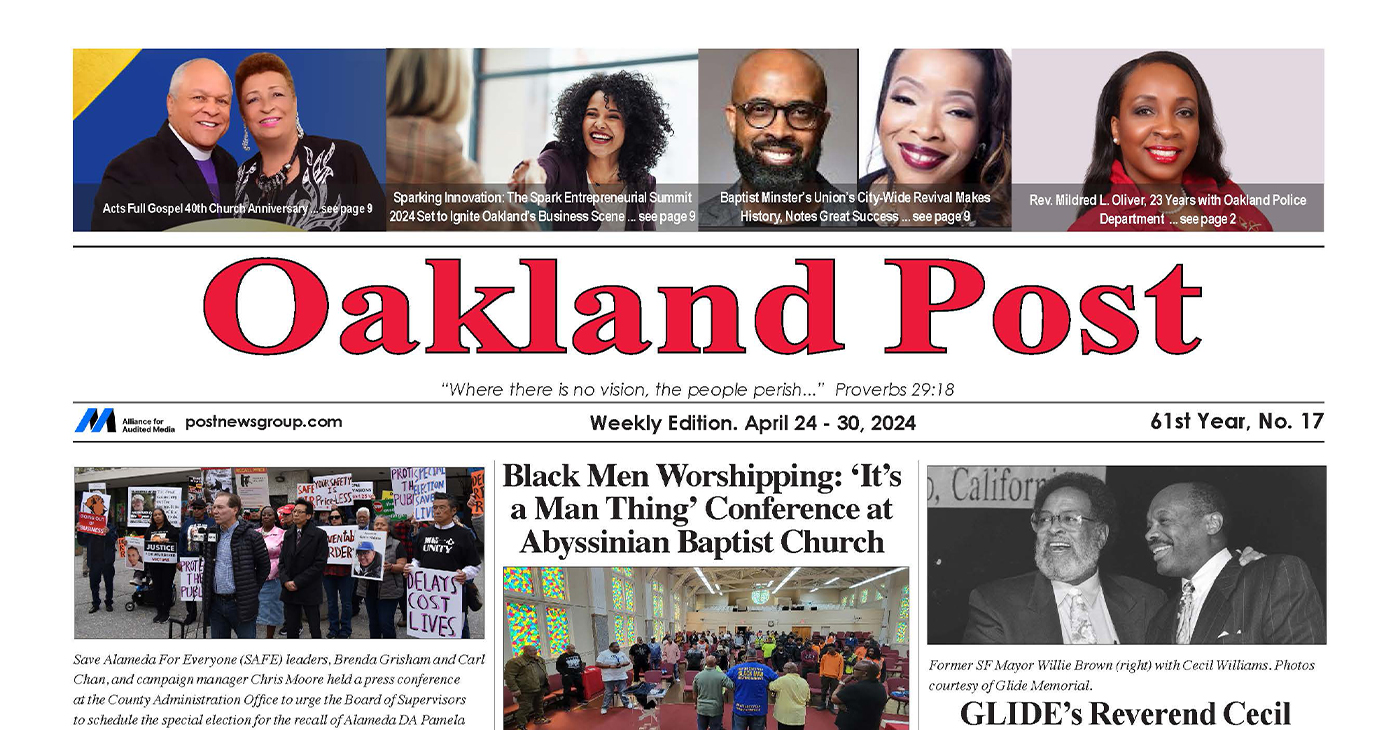
To enlarge your view of this issue, use the slider, magnifying glass icon or full page icon in the lower right corner of the browser window. ![]()
Activism
Oakland Post: Week of April 17 – 23, 2024
The printed Weekly Edition of the Oakland Post: Week of April 17 – 23, 2024

To enlarge your view of this issue, use the slider, magnifying glass icon or full page icon in the lower right corner of the browser window. ![]()
Activism
Oakland Schools Honor Fred Korematsu Day of Civil Liberties
Every Jan. 30, OUSD commemorates the legacy of Fred Korematsu, an Oakland native, a Castlemont High School graduate, and a national symbol of resistance, resilience, and justice. His defiant stand against racial injustice and his unwavering commitment to civil rights continue to inspire the local community and the nation. Tuesday was “Fred Korematsu Day of Civil Liberties and the Constitution” in the state of California and a growing number of states across the country.
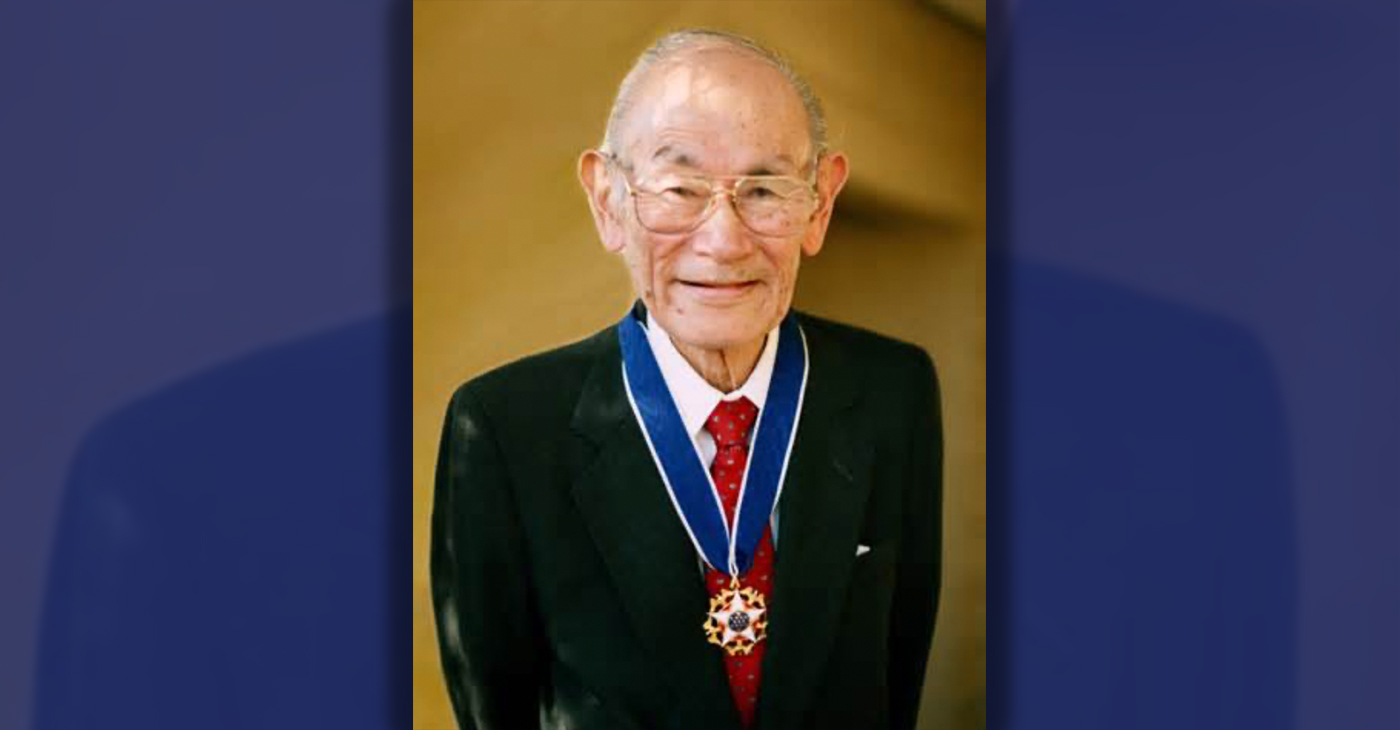
By Post Staff
Every Jan. 30, OUSD commemorates the legacy of Fred Korematsu, an Oakland native, a Castlemont High School graduate, and a national symbol of resistance, resilience, and justice.
His defiant stand against racial injustice and his unwavering commitment to civil rights continue to inspire the local community and the nation. Tuesday was “Fred Korematsu Day of Civil Liberties and the Constitution” in the state of California and a growing number of states across the country.
One OUSD school is named in his honor: Fred T. Korematsu Discovery Academy (KDA) elementary in East Oakland.
Several years ago, founding KDA Principal Charles Wilson, in a video interview with anti-hate organization “Not In Our Town,” said, “We chose the name Fred Korematsu because we really felt like the attributes that he showed in his work are things that the children need to learn … that common people can stand up and make differences in a large number of people’s lives.”
Fred Korematsu was born in Oakland on Jan. 30, 1919. His parents ran a floral nursery business, and his upbringing in Oakland shaped his worldview. His belief in the importance of standing up for your rights and the rights of others, regardless of race or background, was the foundation for his activism against racial prejudice and for the rights of Japanese Americans during World War II.
At the start of the war, Korematsu was turned away from enlisting in the National Guard and the Coast Guard because of his race. He trained as a welder, working at the docks in Oakland, but was fired after the bombing of Pearl Harbor in 1941. Fear and prejudice led to federal Executive Order 9066, which forced more than 120,000 Japanese Americans out of their homes and neighborhoods and into remote internment camps.
The 23-year-old Korematsu resisted the order. He underwent cosmetic surgery and assumed a false identity, choosing freedom over unjust imprisonment. His later arrest and conviction sparked a legal battle that would challenge the foundation of civil liberties in America.
Korematsu’s fight culminated in the Supreme Court’s initial ruling against him in 1944. He spent years in a Utah internment camp with his family, followed by time living in Salt Lake City where he was dogged by racism.
In 1976, President Gerald Ford overturned Executive Order 9066. Seven years later, the 9th Circuit Court of Appeals in San Francisco vacated Korematsu’s conviction. He said in court, “I would like to see the government admit that they were wrong and do something about it so this will never happen again to any American citizen of any race, creed, or color.”
Korematsu’s dedication and determination established him as a national icon of civil rights and social justice. He advocated for justice with Rosa Parks. In 1998, President Bill Clinton gave him the Presidential Medal of Freedom saying, “In the long history of our country’s constant search for justice, some names of ordinary citizens stand for millions of souls … To that distinguished list, today we add the name of Fred Korematsu.”
After Sept. 11, 2001, Korematsu spoke out against hatred and discrimination, saying what happened to Japanese Americans should not happen to people of Middle Eastern descent.
Korematsu’s roots in Oakland and his education in OUSD are a source of great pride for the city, according to the school district. His most famous quote, which is on the Korematsu elementary school mural, is as relevant now as ever, “If you have the feeling that something is wrong, don’t be afraid to speak up.”
-

 Activism4 weeks ago
Activism4 weeks agoOakland Post: Week of March 27 – April 2, 2024
-

 #NNPA BlackPress4 weeks ago
#NNPA BlackPress4 weeks agoCOMMENTARY: D.C. Crime Bill Fails to Address Root Causes of Violence and Incarceration
-
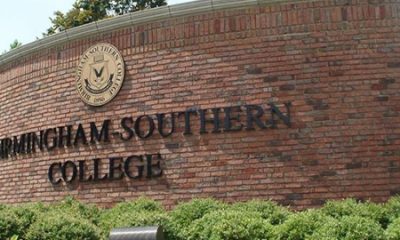
 #NNPA BlackPress4 weeks ago
#NNPA BlackPress4 weeks agoMayor, City Council President React to May 31 Closing of Birmingham-Southern College
-

 #NNPA BlackPress4 weeks ago
#NNPA BlackPress4 weeks agoBeloved Actor and Activist Louis Cameron Gossett Jr. Dies at 87
-
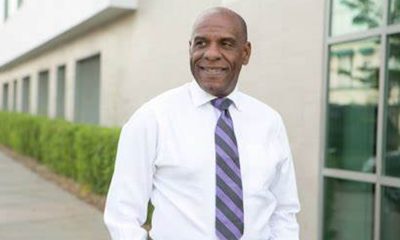
 Community1 week ago
Community1 week agoFinancial Assistance Bill for Descendants of Enslaved Persons to Help Them Purchase, Own, or Maintain a Home
-
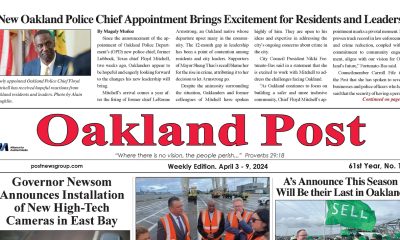
 Activism3 weeks ago
Activism3 weeks agoOakland Post: Week of April 3 – 6, 2024
-

 Business1 week ago
Business1 week agoV.P. Kamala Harris: Americans With Criminal Records Will Soon Be Eligible for SBA Loans
-
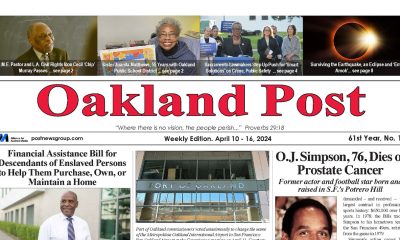
 Activism2 weeks ago
Activism2 weeks agoOakland Post: Week of April 10 – 16, 2024

